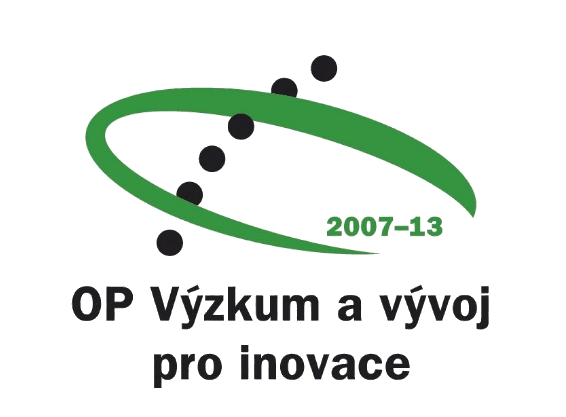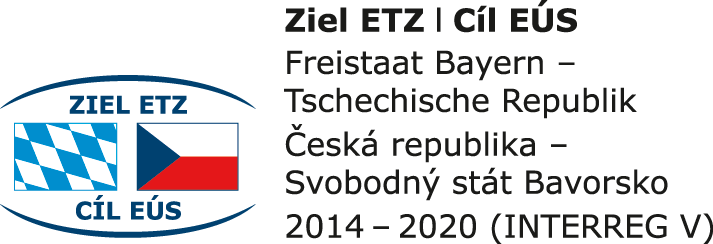
MongoDB for Electrophysiology Experiments
Many efforts are devoted to provide a unified solution for maintaining data from electrophysiological experiments. Because large data collections of heterogeneous nature are obtained, neuroinformatics databases must be robust and flexible. Current database systems are of two types. The first one uses a fixed schema while the second one is schema free. This paper discusses usage of a NoSQL database, MongoDB, for electrophysiological experiments and investigates transformation of existing electroencephalography (EEG) and event-related potentials (ERP) database records in Oracle into MongoDB. Two perspectives, flexibility and performance are discussed. A final approach that profits from combination of both concepts, is also discussed.







